History of Nishi Hongwanji Temple 【西本願寺の歴史】


西本願寺公式ホームページ
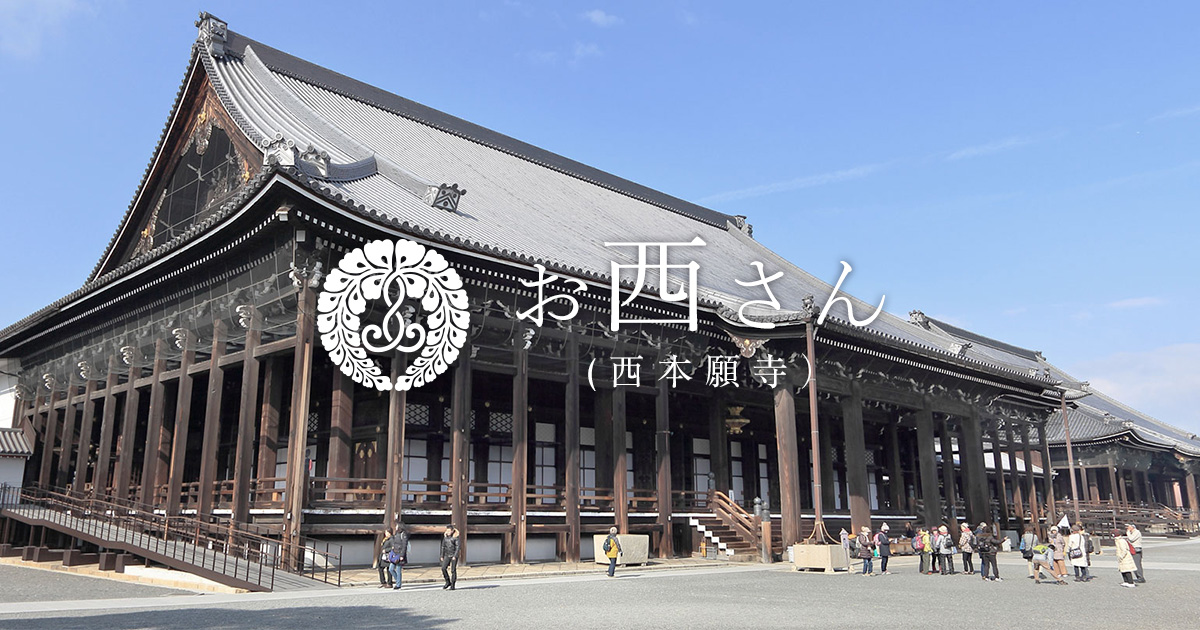
It is a temple located in Shimogyo Ward, Kyoto Prefecture.
The founder is Saint Shinran.
Hongwanji is the head temple of the Hongwanji school of the Jodo Shinshu sect, and its official name is “Ryukokuzan Hongwanji Temple”.
It is called “Nishi Hongwanji” or “Onishi-san”.
Originally it was built at the current location of Osaka Castle. It was said to be “Ishiyama Hongwanji Temple”.
It was famous for the “monzeki temple” where the royal family became a monk.
“Ishiyama Hongwanji Temple” was a threat to Nobunaga Oda, who was aiming to unify Japan.
Nobunaga Oda and Hongwanji Temple fought a war called “Battle of Ishiyama” for about 10 years.
The monk “Kennyo Shonin” and the eldest son “Kyonyo Shonin” were separated.
“Kennyo Shonin” who accepted the peace with Nobunaga Oda became the current “Nishi Hongwanji Temple”, and the hardliners of “Kyonyo Shonin” who chose a thorough anti-war became “Hihishi Hongwanji Temple”.
西本願寺の歴史
京都府下京区にある仏教寺院です。宗祖は親鸞聖人です。
本願寺は浄土真宗本願寺派の本山で、正式名称を「龍谷山本願寺」といいます。
「西本願寺」や、親しみをこめて「お西さん」と呼ばれています。
もともとは、現在の大阪城に位置する所に、本願寺の本山がありました。
皇族が住職に就く「門跡寺院」であるほど、格式高く、多くの門徒がいました。
戦国時代に一大勢力であったことから、天下統一を目指す織田信長にとっては脅威ととらえれていました。
約10年にもおよぶ織田信長との「石山合戦」ののち、当時の住職であった顕如上人と最後まで織田信長に対抗した長男の教如上人とで分断が起こりました。
織田信長との講和を受け入れた顕如上人の穏健派は、現在の西本願寺となり、徹底抗戦を選んだ教如上人の強硬派は、現在の東本願寺となっています。

“Zen nin Naomote Ojo wo togu. Iwan ya akunin wo ya.” 【善人なおもて 往生を遂ぐ いわんや 悪人をや】
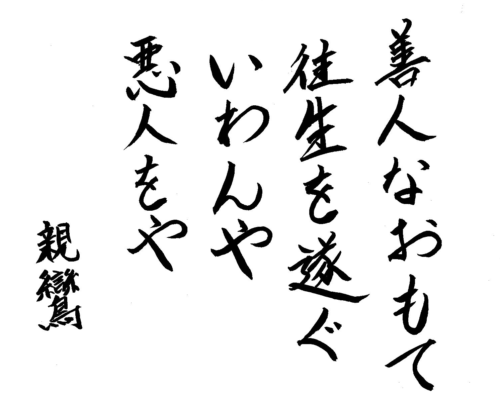
It is a Buddhist book “Tan ni sho” that explains the teachings of Sanit Shinran.
“If a good person is happy, a bad person will be happy.”
It’s a very, very deep word.
「善人なおもて 往生を遂ぐ いわんや 悪人をや」
親鸞聖人の教えが書かれた仏教書「歎異抄(たんにしょう)」の一言です。
「善人が幸せになれるのであれが、悪人はなおさら幸せになれる。」
とても、とても深い言葉です。


Building in Nishi Hongwanji Temple 【西本願寺の建造物】

Amida do 【阿弥陀堂】
The main hall, which was rebuilt in 1760, is the national treasure Amida Nyorai-do. A wooden statue of Amida Nyorai is enshrined in the center.
“Ryuju Bosatsu” “Tenshin Bosatsu” “Donrai Daishi” “Doshaku Zenji” “Zendo Daishi” “Genshin kasho” can be enshrined on both sides.
The paintings and sculptures of “Saint Honen” and “Saint Shinran” are enshrined.
East-west 42m, north-south 45m, height 25m
国宝 阿弥陀堂 1760年に再建された本堂です。中央に木造の阿弥陀如来像が安置されており、
両脇にはインド、中国、日本の七高僧のうち、龍樹菩薩、天親菩薩、曇鸞大師(どんらいたいし)、道綽禅師(どうしゃくぜんじ)、善導大師、源信和尚(げんしんかしょう)が並んでおり、さらに法然上人と聖徳太子の影像が安置されています。
東西42m 南北45m 高さ25m
Goeido (Miedo) Hall 【御影堂】
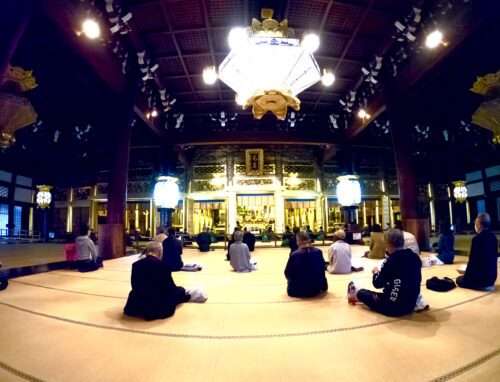
It is a national treasure. It was rebuilt in 1636. A wooden statue of Saint Shinran and a statue of successive priests are enshrined.
East-west 48m, north-south 62m, height 29m
国宝 御影堂(ごえいどう) 1636年に再建された親鸞聖人の木像や本願寺歴代宗主の影像が安置されています。
東西48m 南北62m 高さ29m
Shoin (drawing room) and Noh Stage 【書院と能舞台】
It is designated as a national treasure. Shoin is divided into “Taimen sho” and “Haku Shoin”, and there are small rooms named “Sparrow’s Room”, “Goose’s Room” and “Kiku’s Room”.
There are two stages in Noh Stage, “Minami-noh Stage” and “Hoku-noh Stage”, and “Minami-noh Stage” is the oldest Noh Stage in Japan.
国宝 書院・能舞台 書院は対面所と白書院に分かれており、対面所には雀の間、雁の間、菊の間などの小室があります。
能舞台は北能舞台と南能舞台があり、北能舞台は現存する日本最古の能舞台といわれています。
Hiunkaku 【飛雲閣】
It is designated as a national treasure. It is one of the “Three Prestigious towers in Kyoto” (Hiunkaku, Kinkaku, Ginkaku).
国宝 飛雲閣 京都三名閣(飛雲閣、金閣、銀閣)の一つです。
Karamon Gate 【唐門】
It is designated as a national treasure. Engraved with lions, peacocks, giraffes and tigers. It expresses the gorgeousness of Momoyama culture.
国宝 唐門 唐獅子、孔雀、麒麟、虎などの豪華絢爛な桃山文化の特色を表しています。
Bell tower 【鐘楼】
It was built in 1618. It is decorated with colorful sculptures. The current bell is the second generation.
重要文化財 鐘楼 1618年 彩色豊かな彫刻が施されています。 現在の梵鐘は2代目です。
Tsukijibei Fence 【築地塀】
It is an important cultural property of Japan. The fence and black pine that surround the precincts are very impressive.
重要文化財 築地塀 境内を囲む築地塀と黒松が雄大な印象を与えています。
Mekakushibei Fence 【目隠塀】
It is an important cultural property of Japan. The same style of wall is installed in Nishiyama betsuin in Hongwanji.
重要文化財 目隠塀 本願寺西山別院にも同種の塀が設置されています。
Goeidomon Gate 【御影堂門】
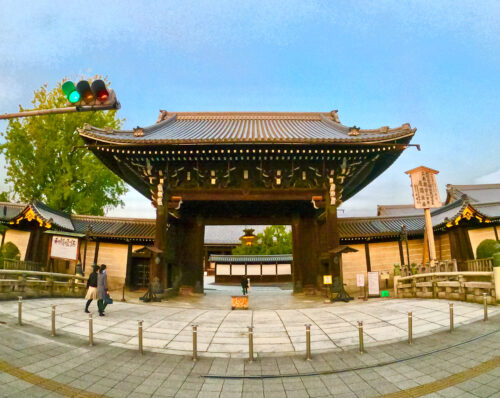
It is an important cultural property of Japan. It was built in 1645. The gate with a roof made of ceramic tiles is the largest gate in the Hongwanji Temple.
重要文化財 御影堂門 1645年 入母屋造 本瓦葺の本願寺で最も大きな門です。
Chozuya 【手水舎】
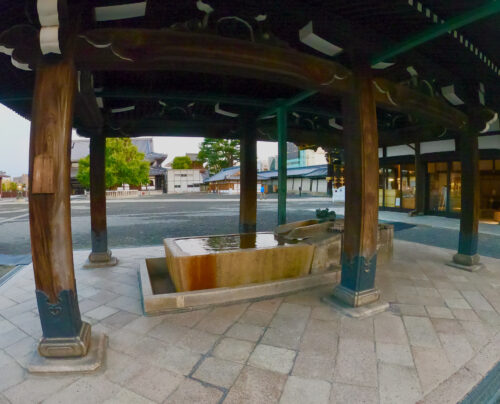
It is an important cultural property of Japan. Built in 1810. It is a watershed used for large-scale Sangharama at Hongwanji Temple.
重要文化財 手水舎 1810年 本願寺の大伽藍に倣う大規模な手水舎です。
Amidado Gate 【阿弥陀堂門】
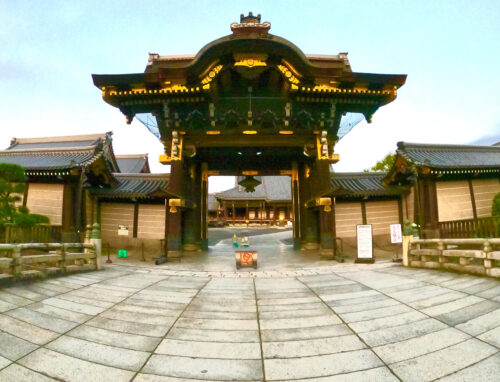
It is an important cultural property of Japan. It was built in 1802. The decorated metal fittings are scattered everywhere and it is wonderfully gorgeous.
重要文化財 阿弥陀堂門 1802年 随所に飾り金具が散りばめられ豪放さと華麗さを兼ね備えています。



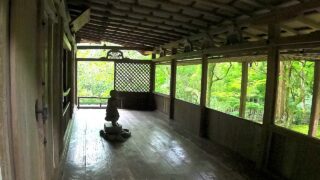
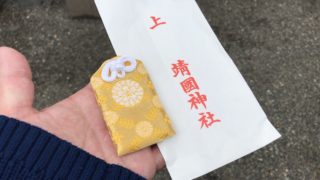

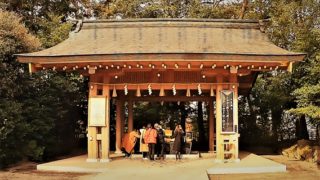
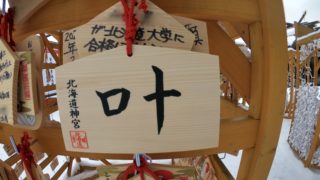
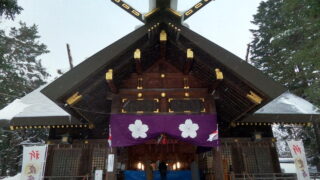


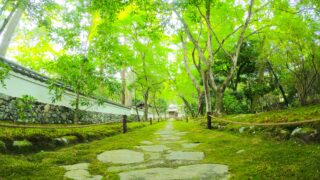

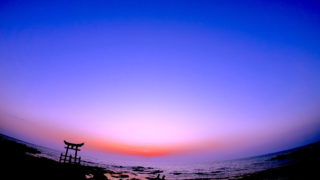
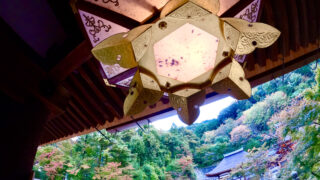







コメント